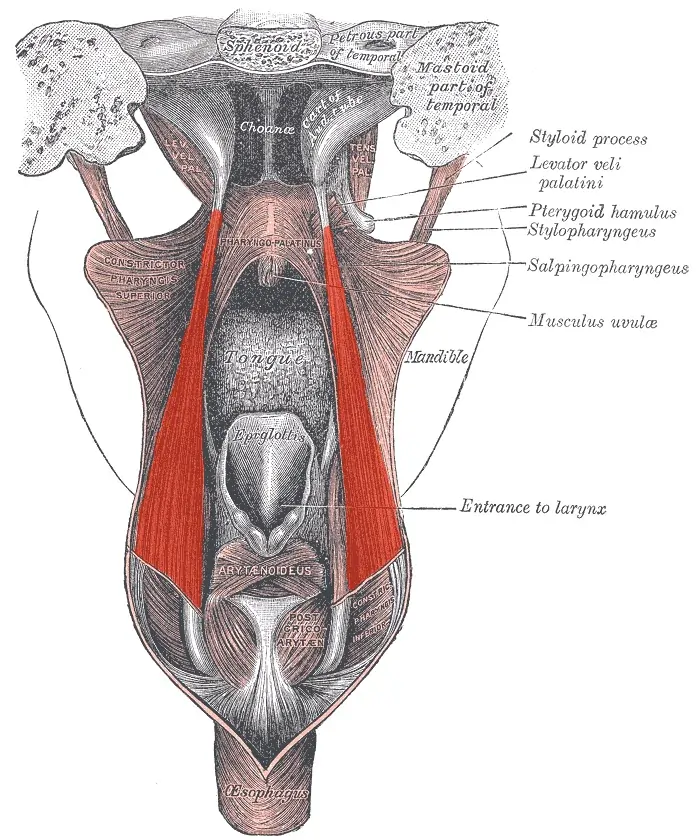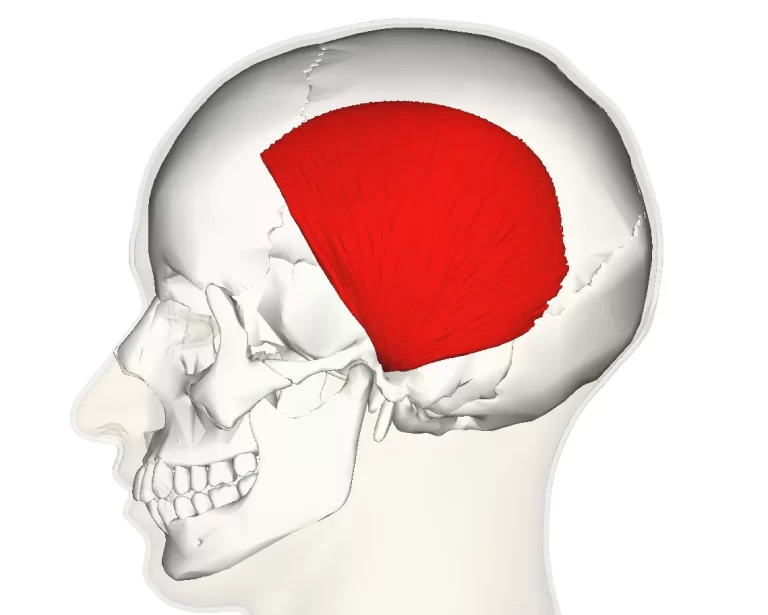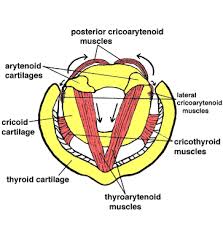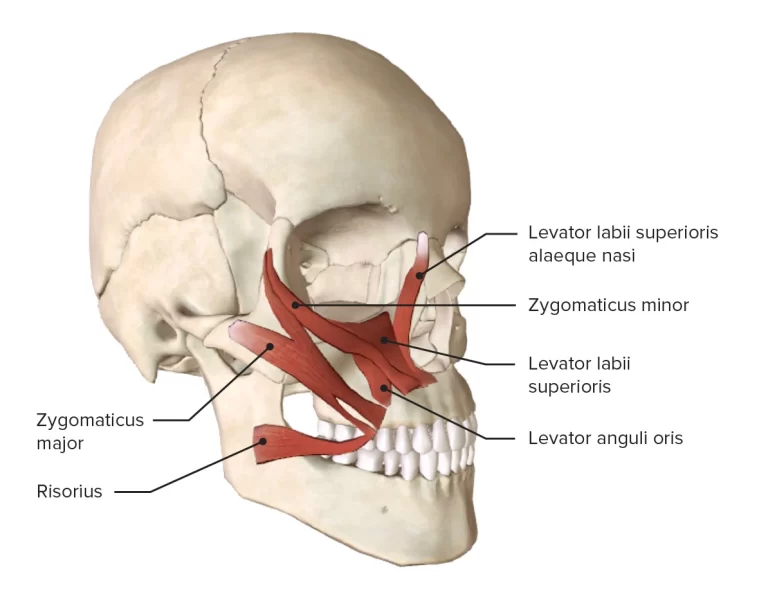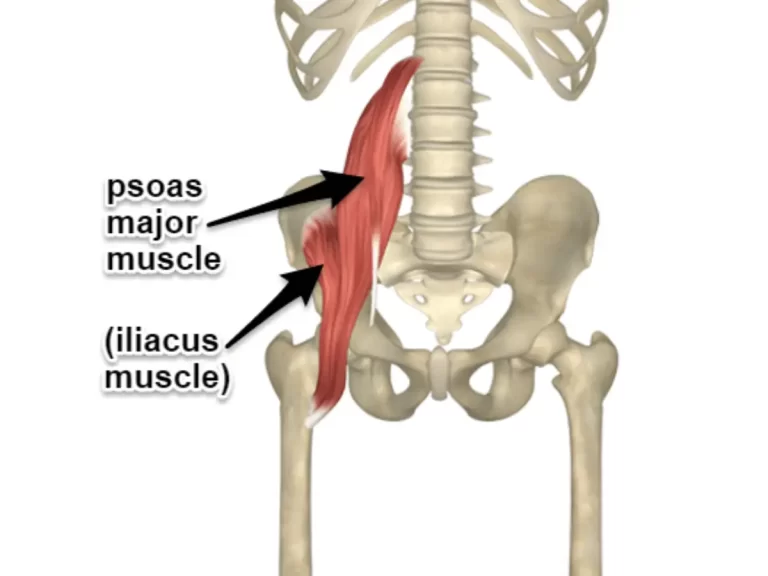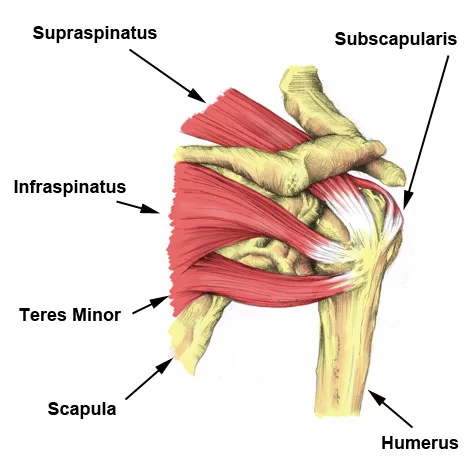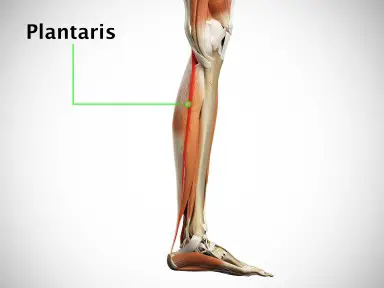Salpingopharyngeus Muscle
Table of Contents
Salpingopharyngeus Muscle Anatomy
The salpingopharyngeus muscle is a thin and elongated muscle located in the pharyngeal region of the human body. It is a component of the pharyngeal constrictor muscle group, which is essential to swallowing.
- Arises from the superior border of the medial cartilage of the pharyngotympanic tube (Eustachian tube), in the nasal cavity, making the posterior welt of the torus tubarius, it passes downward and blends with the posterior fasciculus of the palatopharyngeus muscle.
- The salpingopharyngeus is known to raise the pharynx and larynx during deglutition (swallowing) and laterally draws the pharyngeal walls up.
- In addition, it opens the pharyngeal orifice of the pharyngotympanic tube during swallowing.
- This allows for the equalization of pressure between the auditory canal and the pharynx.
- As the salpingopharyngeus is used to open the eustachian tubes to equalize pressure in the middle ear, the muscle can easily be stimulated by swallowing.
Origin:
- Lower part of the cartilage of the auditory tube.
Insertion:
- Fibers pass downward and blend with the palatopharyngeus muscle to the upper border thyroid cartilage, blending with constrictor fibers.
Nerve:
- Vagus nerve (CN X).
Blood Supply
The pharyngeal branch of the ascending pharyngeal artery, the larger palatine artery, and the ascending palatine artery give blood to the salpingopharyngeus muscle.
Actions:
- opens the pharyngeal orifice of the Eustachian tube during swallowing but also aids the other longitudinal pharyngeal muscles during swallowing and speaking by elevating the larynx and shortening the pharynx

- Assists in elevating the pharynx, pulls on torus tubarius to pressure equalize middle ear.
Variations
About 40% of people are missing the salpingopharyngeus muscle. It is more common among slim people.
Relations
The muscle runs through the salpingopharyngeal fold, a vertical fold of the nasopharyngeal mucous membrane, which is situated posterior to the torus tubarius.
The origin of the salpingopharyngeus is posterior to the levator veli palatini muscle. The muscle inferiorly merges with the palatopharyngeus fibers near the posterolateral boundary of the soft palate.
FAQ
One pharyngeal muscle is the salpingopharyngeus. This muscle helps to equalize the pressure in the middle ear by widening the Eustachian tube and raising the throat.
Attachments: Inserts onto the pharyngeal wall after emerging from the Eustachian tube.
Action: When swallowing, the pharynx is elevated.
One of the pharyngeal and soft palate muscles is the salpingopharyngeus. It originates from the pharyngeal orofice of the pharyngotympanic tube’s inferior cartilage and mucosa. It merges with palatopharyngeus after passing inferiorly via the salpingopharyngeal fold.
The muscle known as the salpingopharyngeus comes from the cartilaginous portion of the auditory tube, especially from the inferior portion that encloses the nasopharyngeal entrance of the tube. It enters by merging with the palatopharyngeus muscle in the oropharynx as it runs inferiorly.
Pharynx
One pharyngeal muscle is the salpingopharyngeus muscle. It emerges from the base of the Eustachian tube’s cartilage and merges with the palatopharyngeus muscle’s posterior fasciculus to integrate into it. Through the pharyngeal plexus, the vagus nerve (cranial nerve X) innervates it.

